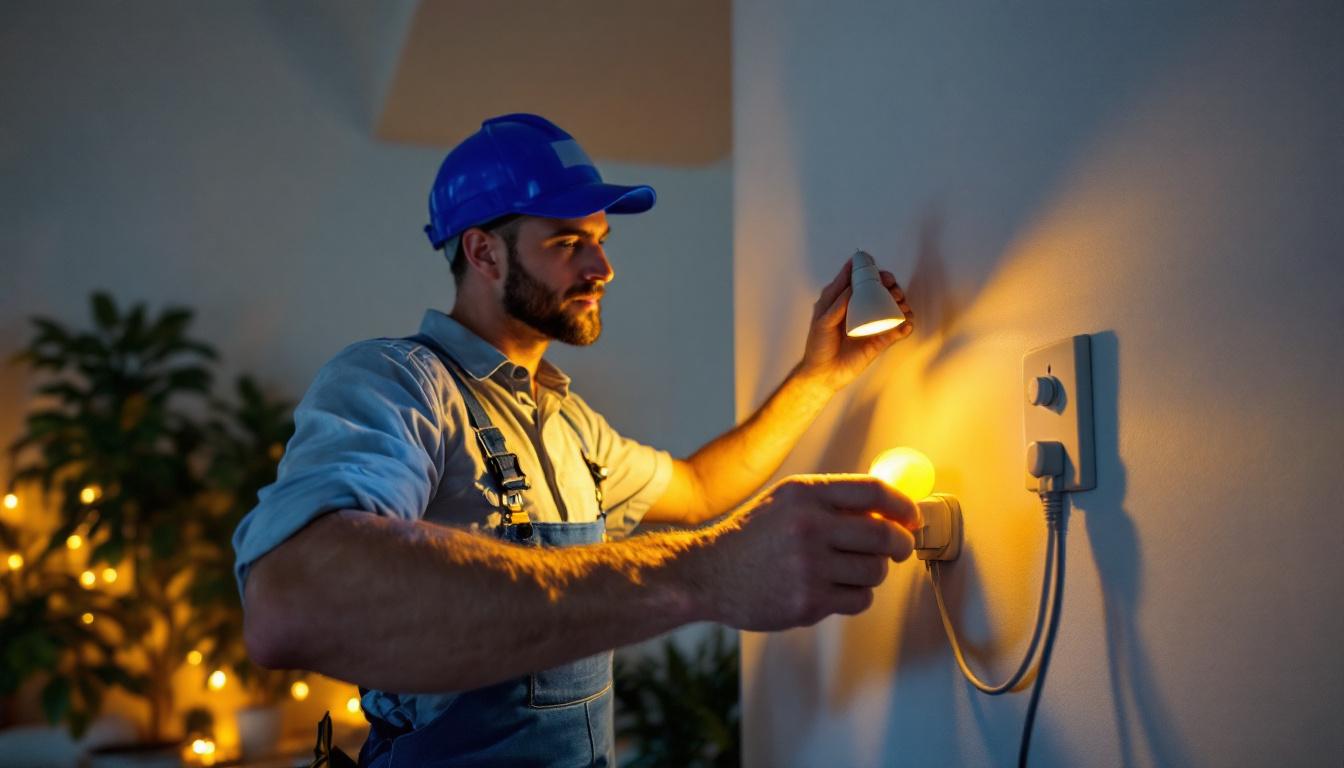
As the demand for versatile and efficient lighting solutions continues to grow, plug-in can lights have emerged as a popular choice among homeowners and contractors alike. These fixtures offer flexibility, ease of installation, and energy efficiency, making them a go-to option for various lighting projects. For lighting contractors, understanding the nuances of plug-in can lights is essential for delivering quality service and ensuring client satisfaction. This article delves into key tips that can help lighting contractors maximize their effectiveness when working with plug-in can lights.
Plug-in can lights, also known as recessed lights or downlights, are fixtures designed to be installed into ceilings or walls. Unlike traditional hardwired fixtures, these lights are powered through a standard electrical outlet, allowing for easier installation and repositioning. Their design makes them ideal for both residential and commercial spaces, providing ambient lighting while maintaining a clean aesthetic.
One of the primary advantages of plug-in can lights is their ease of installation. Since they don’t require complex wiring, contractors can save time and reduce labor costs. This feature is particularly beneficial for retrofitting existing spaces or for projects where the electrical infrastructure is not readily available.
Additionally, plug-in can lights are highly versatile. They come in various styles, sizes, and wattages, allowing contractors to select the perfect fixture to meet the specific needs of a project. Whether illuminating a cozy living room or highlighting artwork in a gallery, these lights can adapt to a multitude of settings. Their flexibility also extends to the ability to easily change their placement as design needs evolve, making them a favorite among interior designers who appreciate the option to experiment with different lighting arrangements.
Energy efficiency is a crucial consideration in today’s lighting market. Plug-in can lights often utilize LED technology, which consumes significantly less energy than traditional incandescent or halogen bulbs. This not only helps reduce electricity bills for homeowners but also contributes to a more sustainable environment.
Contractors should emphasize the long lifespan of LED plug-in can lights to clients, as they can last up to 25 times longer than traditional bulbs. This longevity translates into fewer replacements and reduced waste, aligning with the growing trend toward eco-friendly practices in lighting design. Furthermore, many manufacturers are now focusing on creating products that are not only energy-efficient but also made from recyclable materials, enhancing their appeal to environmentally-conscious consumers. The integration of smart technology into plug-in can lights is another exciting development, allowing users to control brightness and color temperature via smartphone apps, further enhancing energy savings and user experience.
While plug-in can lights are easier to install than hardwired options, there are still important considerations that contractors must keep in mind to ensure a successful installation. Proper planning and execution can make all the difference in achieving a professional finish.
Before installation begins, it is essential to plan the layout of the lighting. Contractors should consider the purpose of the space and how the lighting will enhance its functionality. For instance, in a kitchen, focused lighting over work areas is crucial, while a living room may benefit from softer, ambient lighting.
Using a lighting design software or even simple sketches can help visualize the placement of the can lights. It is also important to take into account the height of the ceiling, as this will affect the spacing and intensity of the lighting. A well-thought-out layout will not only improve aesthetics but also ensure that the lighting meets the client’s needs. Additionally, considering the natural light sources in the room can provide insights into how artificial lighting will interact with daylight, allowing for a more harmonious blend. For example, in spaces with large windows, it may be beneficial to adjust the intensity of the artificial lights to complement the changing light throughout the day.
With a variety of plug-in can lights available on the market, selecting the right fixture is key. Contractors should consider factors such as wattage, color temperature, and beam angle. For example, a warm white color temperature (around 2700K) is often preferred for living spaces to create a cozy atmosphere, while cooler temperatures (around 4000K) may be more suitable for task-oriented areas like offices or kitchens.
Additionally, the beam angle of the fixture can significantly impact how light is distributed in a room. A narrow beam angle is ideal for highlighting specific areas or objects, while a wider angle can provide more general illumination. Understanding these specifications will help contractors make informed decisions that align with the project requirements. Moreover, exploring energy-efficient options, such as LED fixtures, can not only reduce electricity costs but also minimize heat output, contributing to a safer and more sustainable environment. This consideration is increasingly important as clients become more environmentally conscious and seek solutions that align with their values.
Even though plug-in can lights are easier to install, safety should never be compromised. Contractors must ensure that the electrical outlets used for the lights are properly grounded and rated for the wattage of the fixtures. Overloading circuits can lead to electrical hazards, which can have serious consequences.
Furthermore, it is essential to comply with local building codes and regulations. Familiarizing oneself with these requirements can prevent costly mistakes and ensure that the installation meets all safety standards. Keeping up-to-date with any changes in regulations will also enhance a contractor’s reputation as a knowledgeable professional. Additionally, implementing safety measures such as using surge protectors can safeguard the lighting system from power surges and fluctuations, further protecting both the installation and the homeowner’s investment. Regularly reviewing safety protocols and conducting inspections can also foster a culture of safety, ensuring that all team members are aware of best practices and potential hazards during the installation process.
Design plays a significant role in the effectiveness of plug-in can lights. Beyond mere functionality, the aesthetic integration of lighting into a space can elevate the overall ambiance and appeal. Contractors should approach design with a holistic perspective, considering how lighting interacts with other elements in the environment.
Effective lighting design often involves layering different types of light to create depth and interest. Plug-in can lights can serve as one layer in a multifaceted lighting scheme that includes ambient, task, and accent lighting. By combining these elements, contractors can achieve a balanced and visually pleasing environment.
For instance, using plug-in can lights to provide general illumination, while incorporating floor lamps or wall sconces for task lighting, can create a warm and inviting atmosphere. Moreover, strategically placing can lights to highlight architectural features or artwork can add a dramatic flair to the space.
The color and texture of the surfaces surrounding the plug-in can lights can significantly influence how light is perceived. Light-colored walls can reflect more light, enhancing brightness, while darker colors may absorb light and create a more subdued effect. Contractors should consider these factors when selecting the placement and type of fixtures.
Additionally, the texture of surfaces can affect light diffusion. For example, textured ceilings may create interesting shadows and patterns when illuminated by can lights. Understanding how these elements interact will allow contractors to create dynamic lighting designs that resonate with clients.
Once the installation is complete, educating clients about the maintenance and care of their plug-in can lights is crucial. Proper maintenance ensures longevity and optimal performance, which can lead to higher client satisfaction and potential referrals.
Contractors should advise clients on routine maintenance tasks, such as dusting the fixtures and checking for any signs of wear or damage. Regular cleaning can prevent dust buildup, which can diminish the brightness of the lights over time. Additionally, clients should be informed about the importance of using compatible bulbs to avoid any issues with performance or safety.
Encouraging clients to keep an eye on their lighting can help catch any potential problems early, such as flickering lights or unusual noises, which may indicate a need for professional attention. Providing a simple checklist for maintenance can empower clients to take an active role in caring for their lighting systems.
As energy efficiency continues to be a priority for many homeowners, contractors should take the opportunity to educate clients about the benefits of using LED plug-in can lights. Discussing the cost savings associated with lower energy consumption and longer bulb life can help clients appreciate the value of their investment.
Additionally, contractors can provide tips on how to maximize energy efficiency, such as using dimmers or smart lighting controls. These features not only enhance convenience but also contribute to energy savings, making them appealing to environmentally conscious clients.
Plug-in can lights offer a versatile and efficient lighting solution for various applications, making them a valuable addition to any lighting contractor’s toolkit. By understanding the benefits, installation techniques, design considerations, and maintenance practices associated with these fixtures, contractors can deliver exceptional service and enhance the overall client experience.
As the lighting industry continues to evolve, staying informed about the latest trends and technologies will be crucial for contractors looking to remain competitive. Embracing the potential of plug-in can lights and applying these key tips will not only improve project outcomes but also foster lasting relationships with clients.
Ready to elevate your lighting projects with the best plug-in can lights on the market? Look no further than LumenWholesale, where we provide contractors with exceptional, spec-grade lighting products at unbeatable wholesale prices. Say goodbye to local distributor markups and hello to our extensive selection that meets the highest industry standards. With LumenWholesale, you’ll enjoy the convenience of free shipping on bulk orders, ensuring you get premium lighting at the best value — every time. Make the smart choice for your business and experience the perfect blend of quality, affordability, and convenience today!
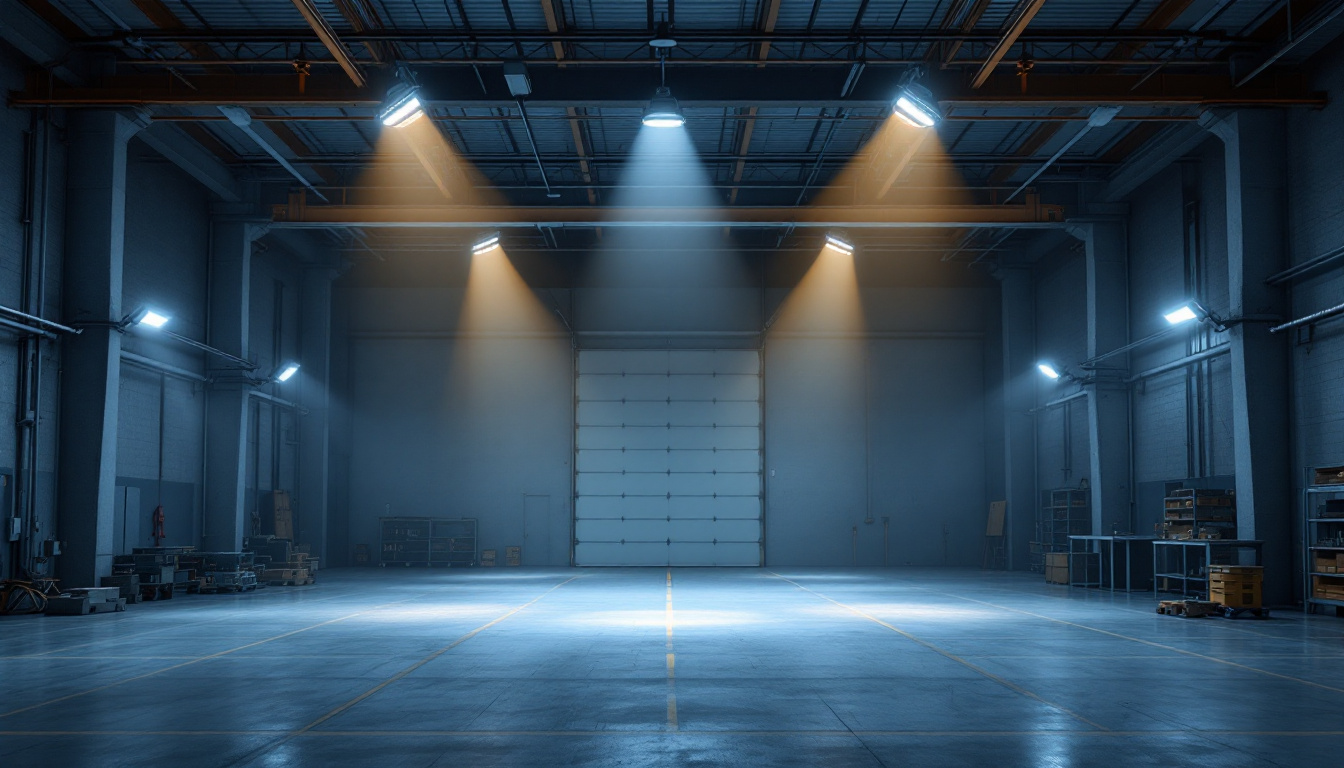
Discover the top high bay LED lights with our comprehensive guide tailored for lighting contractors.
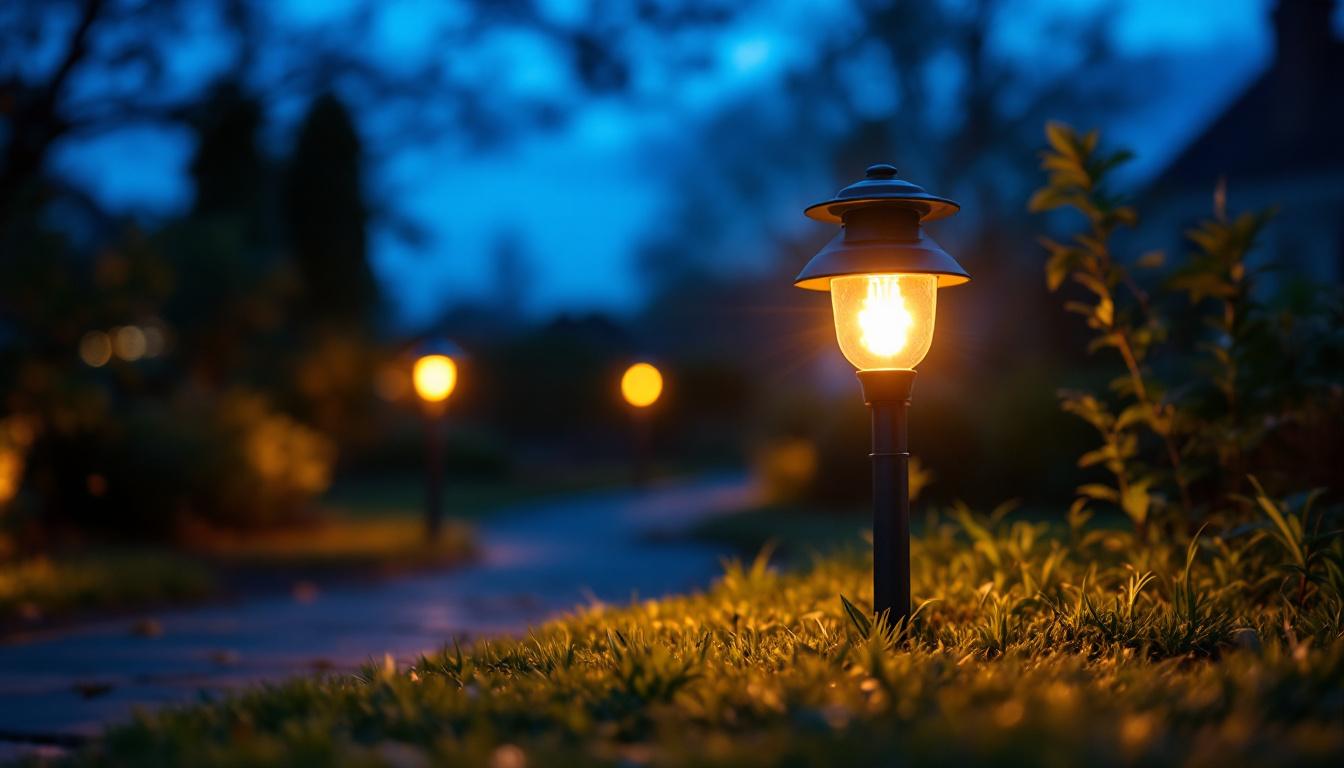
Discover the essential benefits and considerations of LED dusk to dawn light bulbs for lighting contractors.
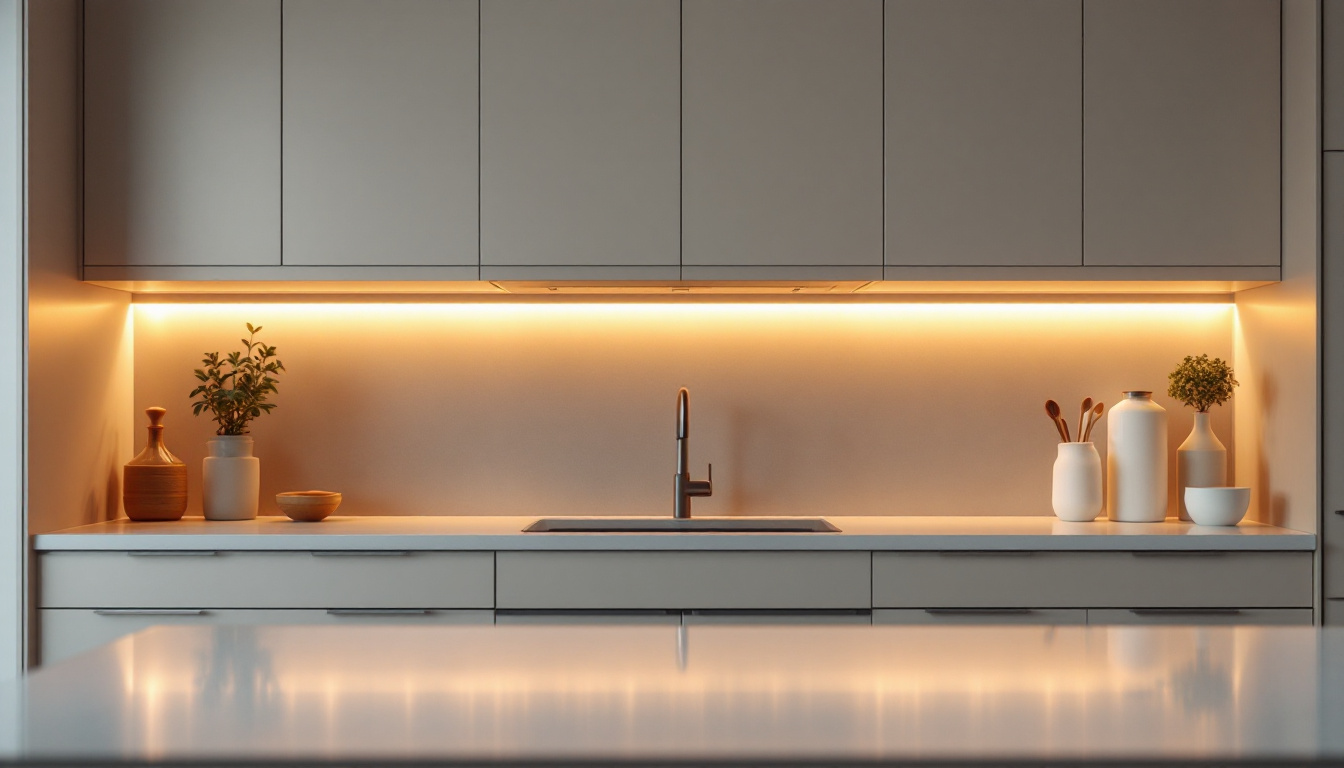
Illuminate your kitchen with style and efficiency! Discover the ultimate guide to under cabinet kitchen lighting, covering types, installation tips, and design ideas to transform your cooking space..
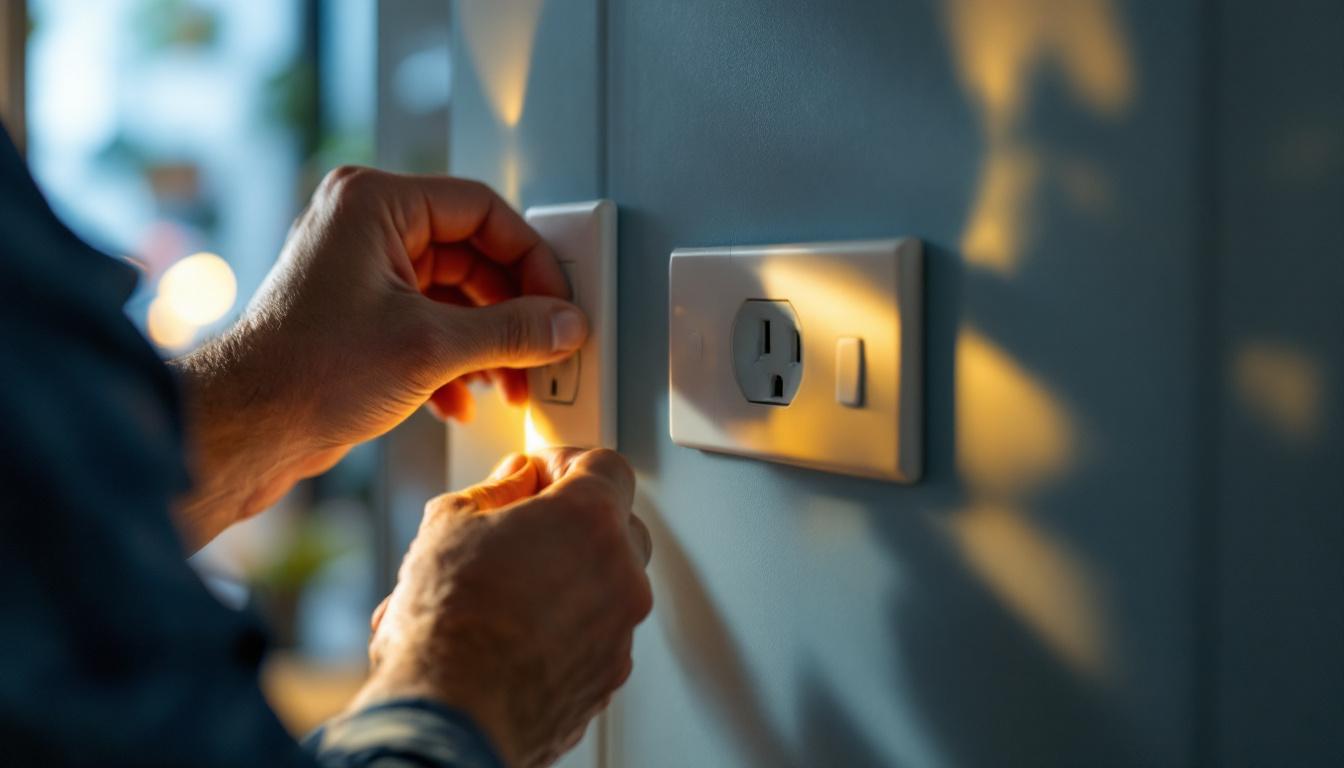
Discover the pivotal role switchable electrical outlets play in modern lighting projects.